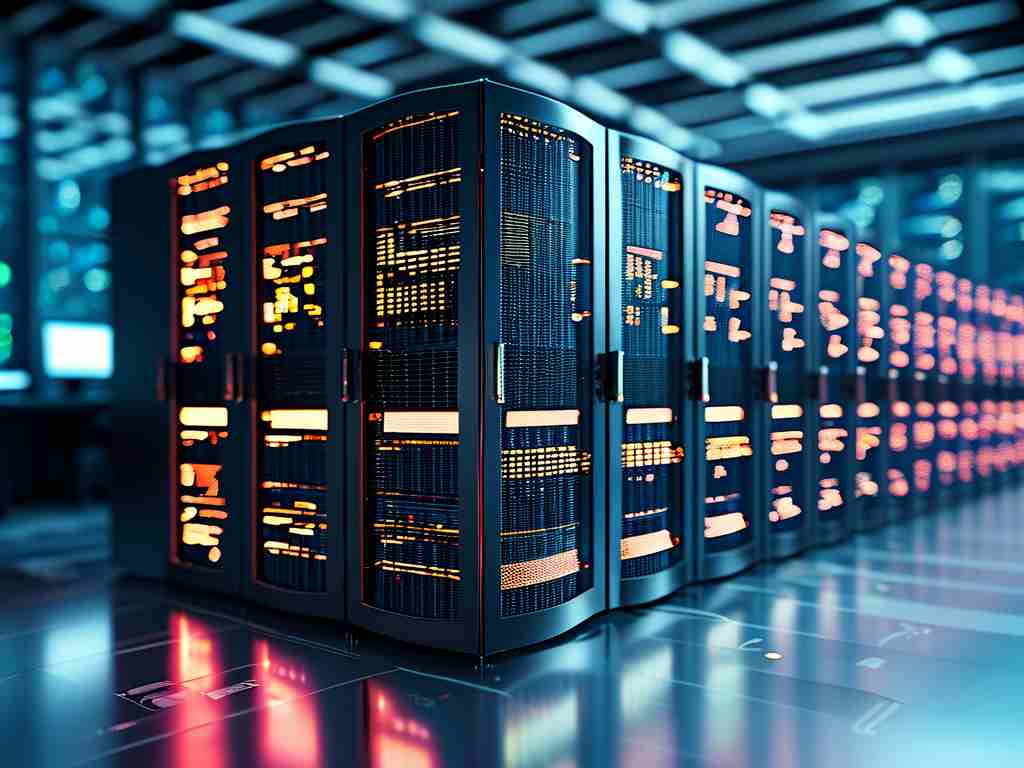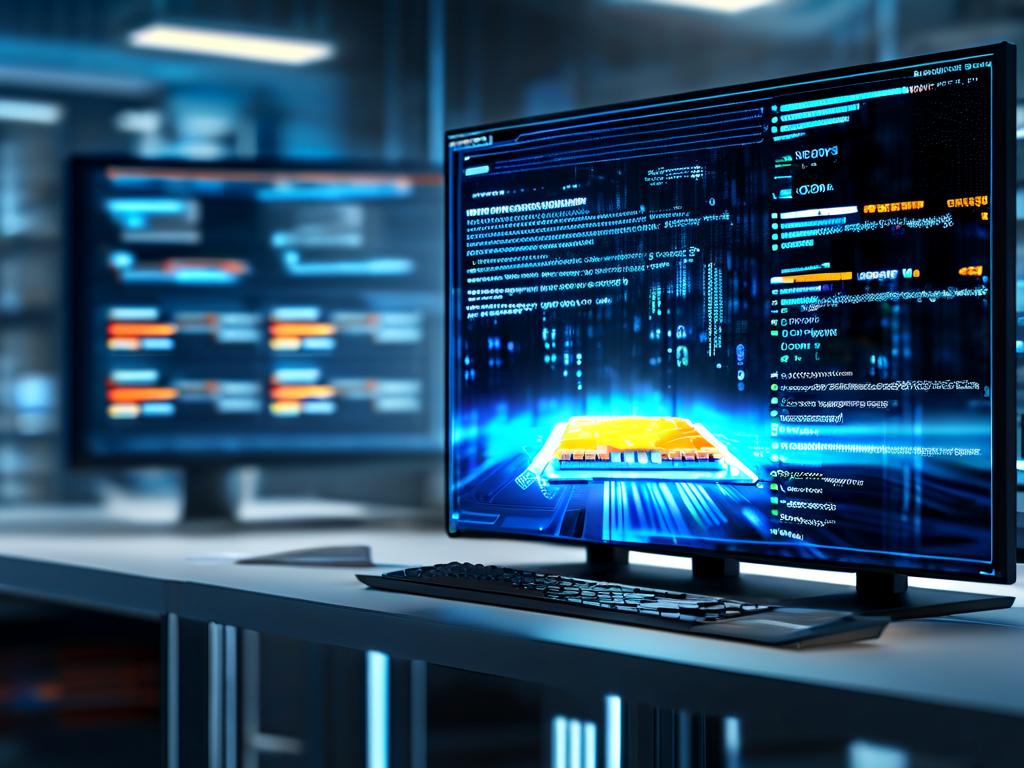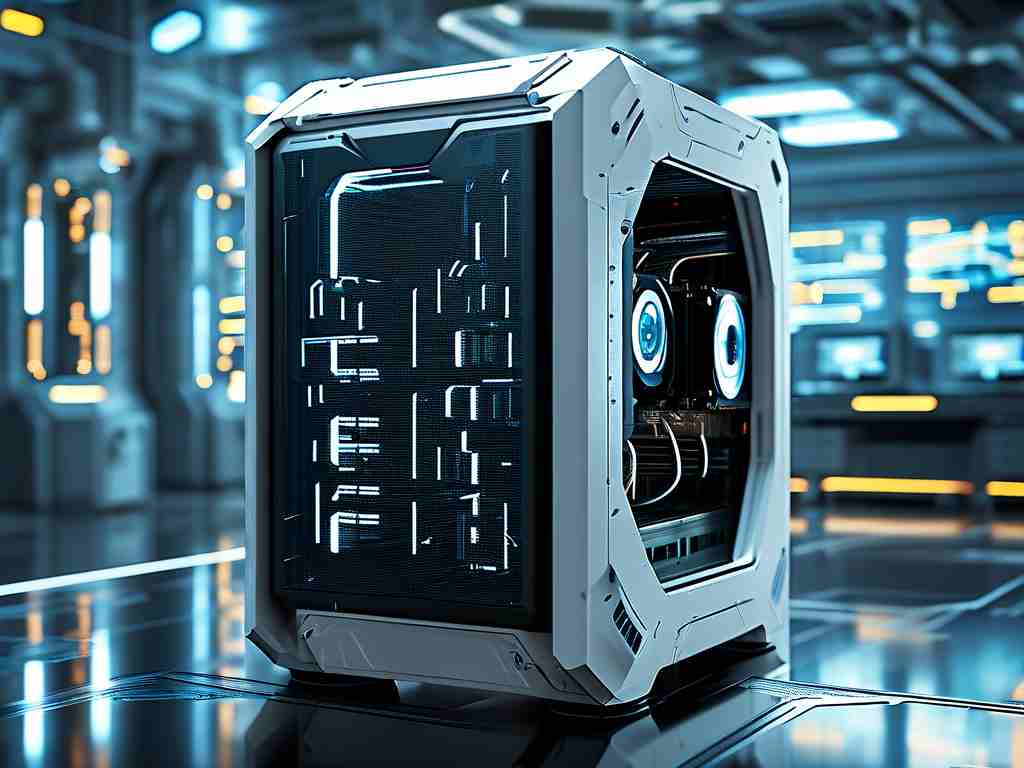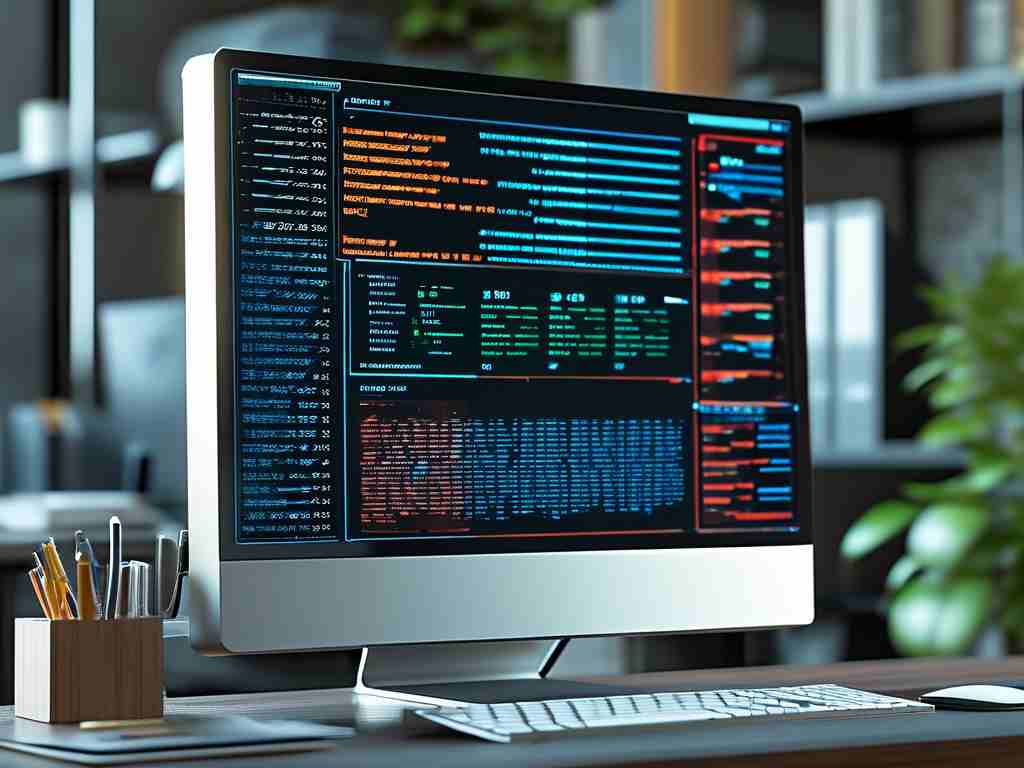Memory is a fundamental component in computing systems, acting as a temporary storage space that holds data and instructions for the central processing unit (CPU) to execute calculations. This role makes it essential for almost all computational tasks, from simple arithmetic operations to complex algorithms in artificial intelligence. Without memory, computers would be unable to perform real-time processing, as the CPU relies on quick access to stored information to carry out computations efficiently. For instance, when you run a program like a spreadsheet or a game, the data is loaded into memory, allowing the CPU to manipulate it rapidly. This symbiotic relationship highlights how memory isn't just passive storage; it's an active participant in the computational process, enabling functions like data retrieval, modification, and output generation.

In modern computing, different types of memory serve specific purposes in facilitating calculations. Random Access Memory (RAM) is the most common, providing volatile storage that loses data when power is off but offers high-speed access for active tasks. Read-Only Memory (ROM), on the other hand, stores permanent instructions like firmware, which boot up systems and initiate computations. Additionally, cache memory acts as a high-speed buffer between the CPU and main memory, reducing latency by holding frequently used data. This hierarchy ensures that computations occur swiftly, minimizing delays. For example, in a scenario where a user inputs numbers into a calculator app, the values are stored in RAM; the CPU then fetches them, performs the math, and updates the display—all within milliseconds. Such seamless integration demonstrates memory's critical role in enabling responsive and accurate computing experiences across devices like smartphones, laptops, and servers.
Beyond basic operations, memory's use in computing extends to advanced applications, such as parallel processing and virtualization. In multi-core systems, shared memory allows multiple CPUs to access and compute data simultaneously, boosting performance for tasks like video rendering or scientific simulations. Virtual memory techniques, like paging, use disk space as an extension of physical memory, enabling larger computations than what hardware alone can handle. This is particularly vital in data-intensive fields, such as big data analytics, where algorithms process vast datasets stored in memory to derive insights. However, challenges exist, such as memory leaks in software, where unused data occupies space and slows down computations. Developers often address this with garbage collection in languages like Java, as shown in this simple code snippet:
public class MemoryExample {
public static void main(String[] args) {
int[] data = new int[1000]; // Allocates memory for computation
for (int i = 0; i < data.length; i++) {
data[i] = i * 2; // Computes values using memory
}
System.out.println("Result: " + data[500]); // Outputs computed data
}
}This example illustrates how memory allocation directly supports arithmetic computations, emphasizing its hands-on role in programming.
Looking ahead, innovations like non-volatile memory (e.g., Intel's Optane) promise faster, persistent storage that could revolutionize computing by reducing reliance on traditional disks. Yet, ethical considerations arise, such as energy consumption in data centers, where memory-intensive computations contribute to carbon footprints. Ultimately, memory is indispensable for computing, driving progress in fields from AI to everyday tech. By understanding its functions, users can optimize systems for efficiency, ensuring that memory continues to empower the digital world's evolution.









